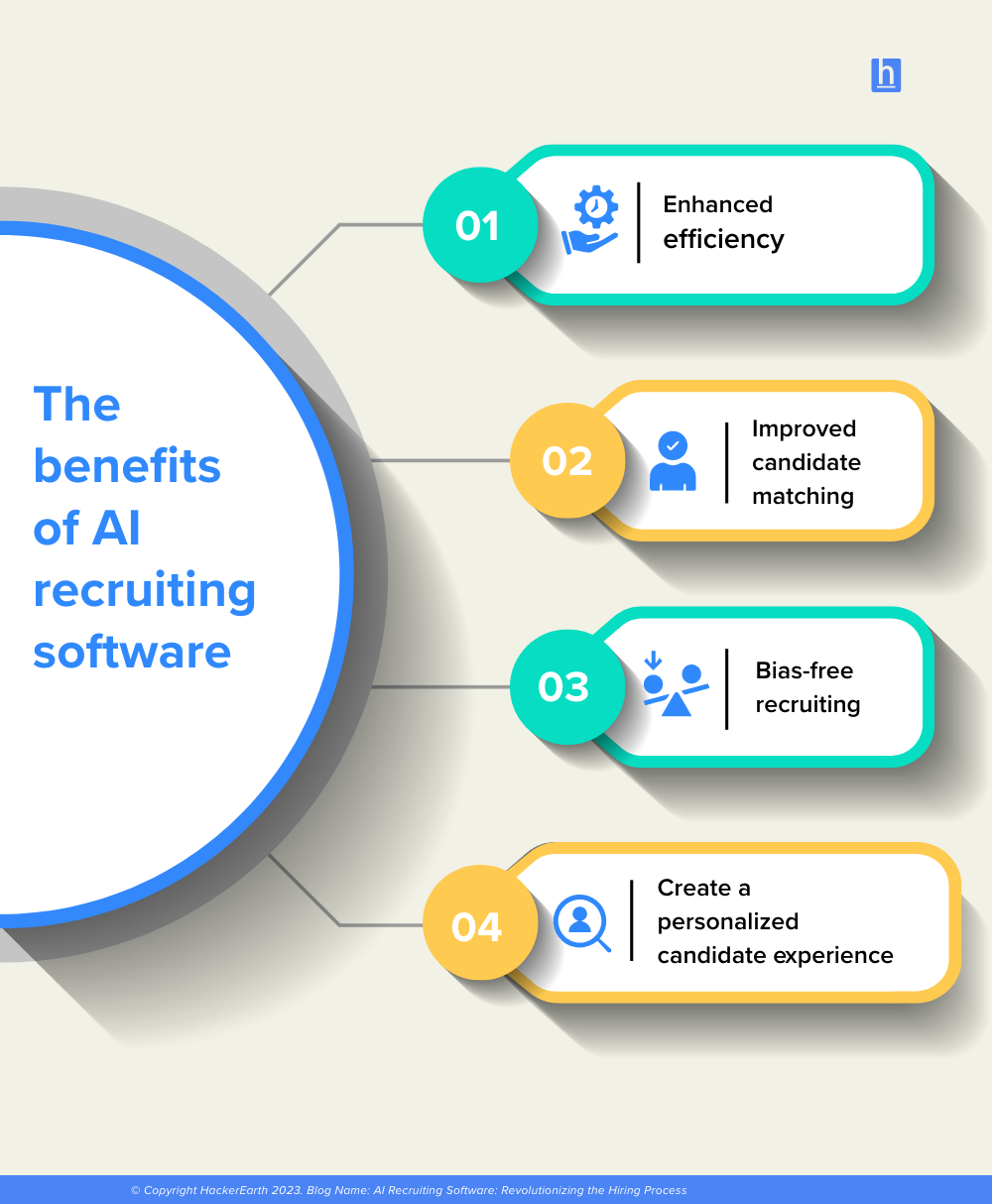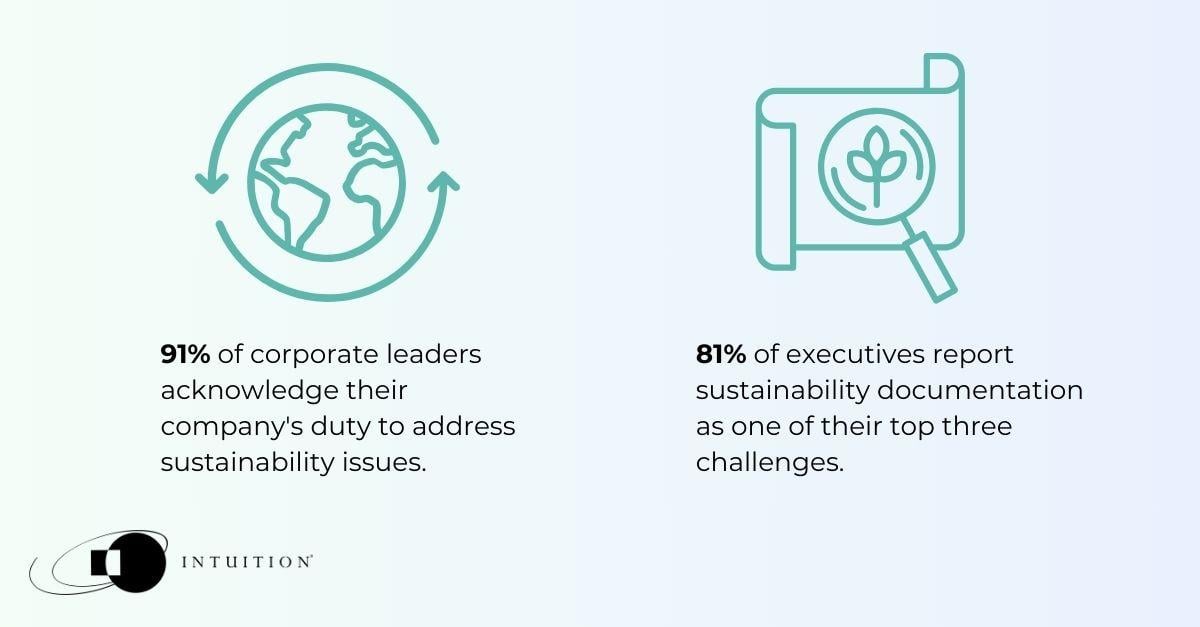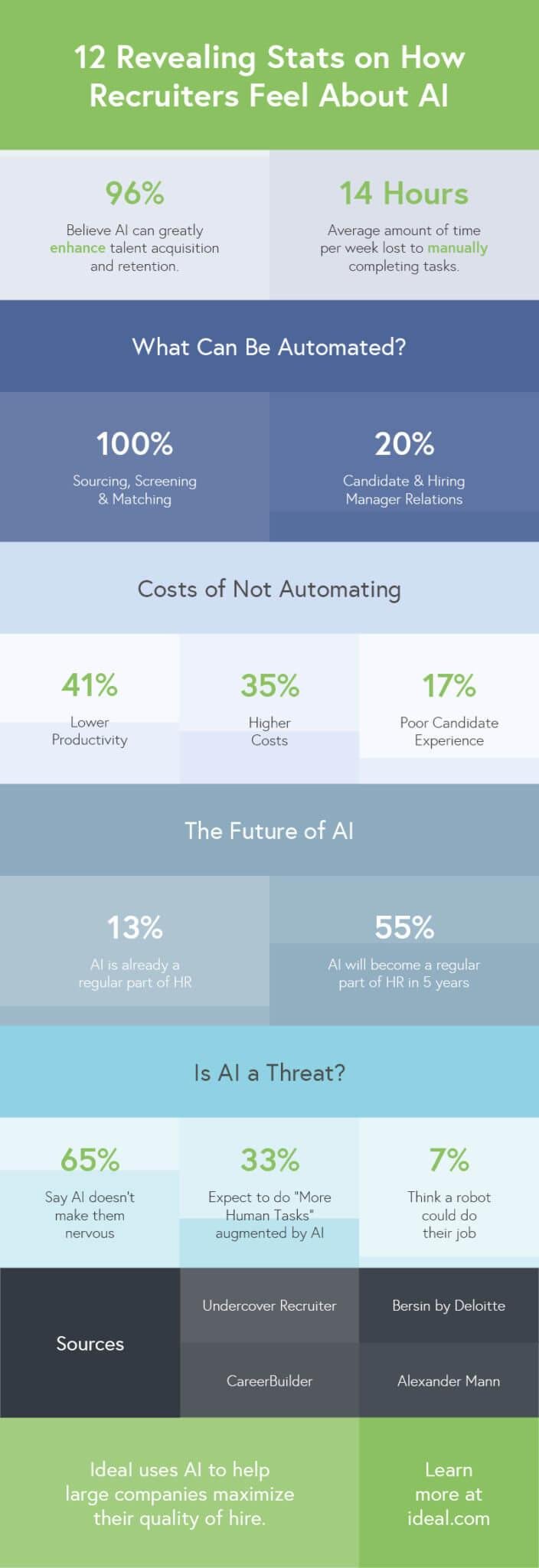
Hiring beyond image: How to build a diverse workplace
Back in 2015, 76% of Irish employers said they wouldn’t hire someone with a visible tattoo. Image clearly still plays a strong role in hiring decisions. But now that 35% of the Irish population is tattooed, this approach could severely restrict the talent available to businesses. But there are plenty of other reasons to look beyond image - including the creation of a more diverse workplace.
The restrictions of image-based hiring
Workplace dress codes are by no means unusual in Ireland. They’re often in place for health and safety reasons. But they can also enforce a particular professional image by implementing restrictions on tattoos, piercings, make-up, hair and clothing.
Employers are entitled to do this. But it can limit employee’s choices outside of the workplace - and disapproving of visible tattoos, facial piercings or pink hair can exclude a whole bunch of people from your talent pool. This, in turn, impacts your team and the effectiveness of your business.
But is this approach necessary? Do these factors reflect a prospect’s skills or abilities?
A changing trend
More and more employers are looking beyond the image when hiring. Airlines and police forces, in particular, are easing bans on body art and other dres's restrictions. Here in Ireland, the Gardaí are currently reviewing its policies.
Prosperity’s Senior Marketing Recruiter, Ana Ribeiro, has also noticed a general shift in employer’s perceptions. Many now seek out employees based primarily on cultural fit, rather than their CV.
“Employers are looking to hire people, not for their Masters or academic endeavours, but for the value, they can bring to their company - a new set of eyes or a new perspective,” she says.
They want to create diverse workplaces and they’re looking to fill the gaps on their team in terms of knowledge, expertise and cultural coverage.
Reasons to embrace this new approach to hiring
There is no evidence to show that employees with tattoos or piercings are any less productive than their counterparts.
In general, hiring based on the image can lead to a deficiency of diversity and cultural beliefs on your team. And this can harm your business.

The benefits of a diverse workplace
Research proves that making recruitment decisions based on factors unrelated to a role is ineffective. Studies from McKinsey even show that diverse businesses are 35% more likely to see above-average financial returns than non-diverse ones.
Beyond increased profits, other benefits of a diverse workplace include:
- Improved productivity and creativity
- Better employee retention and morale
- Better reputation
- Increased range of skills and insights
The importance of diversity in marketing and tech
Embracing diversity at work can also reduce your risk of a PR disaster!
Though industries like IT and marketing are more likely to embrace tattoo-lovers, a lack of diversity in PR and advertising has caused problems for businesses in recent years - particularly in the US.
Critics suggest that well-publicised fiascos for Pepsi and Ancestry may have been avoided if they had a more diverse workforce. In Ireland, some say the diversity of age and gender is particularly prevalent in advertising.
Beyond marketing, diversity at work is particularly important for tech companies and startups with their eyes on global expansion and remote hires.
"By hiring culturally diverse employees, companies can change their dynamics and bring different perspectives to the table,” says Ana Ribeiro. “This opens up the possibility of doing business with other countries and markets, which haven’t been explored in the past.”
How to hire diverse teams
Some companies go out of their way to hire diverse teams. Unilever uses AI to objectively screen candidates. It also tried using partitions at the start of interviews to prevent looks from influencing first impressions. Microsoft has also gained hugely successful hires through its ‘Autism Hiring Program’.
But businesses of all shapes and sizes can make their recruitment more diverse by simply putting a clear process in place for those in charge of new hires.
Without a logical process, we all unconsciously recruit staff in our own image. This is an automatic tendency but is easily addressed through training and objective assessment criteria.
Implementing diverse hiring panels helps with this too. Alternatively, you can encourage management to use this anonymous testing tool to make them aware of any hidden biases they may harbour.
It makes sense to hire candidates with complementary skills and experiences which bring strength and insights to your team.
“We are entering an era where employers are selecting candidates based on their personal characteristics, work skills and strategic thinking more than anything else,” says Ana Ribeiro of Prosperity. “It’s a welcome development.”
Talk to Prosperity
If you’re looking for guidance on creating a more diverse workplace, contact Prosperity. Our expert team is always happy to share their industry insights.




